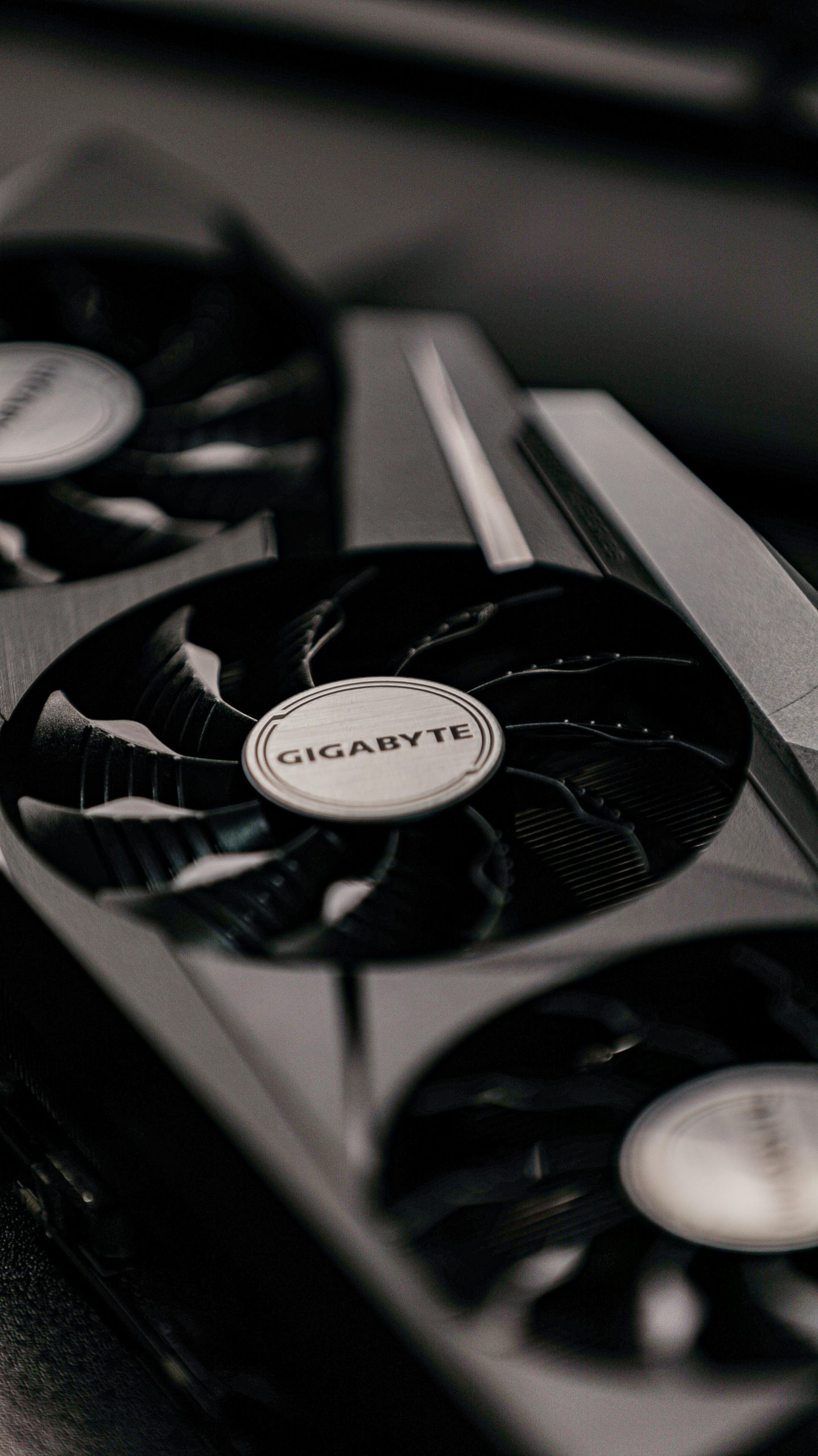Diagnosing Frequent Black Screen Crashes During Gaming: GPU or Power Supply Issue?
Experiencing consistent system crashes during gaming sessions can be a frustrating ordeal for PC enthusiasts. If your computer crashes after approximately 30 minutes of gaming — with the monitor turning black, the GPU lights turning off, yet the system remaining powered on — the underlying cause could be rooted in several hardware components, most notably the GPU or the power supply unit (PSU). Understanding and troubleshooting these issues methodically is essential for effective resolution.
Common Symptoms and Observations
- Crash Timing: Occurs after about 30 minutes of gaming.
- Display Behavior: Monitor goes black.
- GPU Indicators: GPU lights switch off.
- System Status: The PC remains powered on; no complete shutdown.
- Light Activities: Idle or low-load activities like playing Roblox do not trigger crashes.
- Temperature Variations: CPU temperatures spike above 90°C during stress tests but have been stabilized after cooling system upgrades.
Troubleshooting Steps and Findings
1. Cooling System Enhancement
Upgrading to an Invasion 120 Dual Tower Cooler with a temperature sensor was undertaken to curb CPU overheating. After installing this cooler, CPU temperatures decreased from over 90°C to below 70°C during stress testing. Despite this improvement, gaming crashes persisted, indicating that CPU overheating is unlikely the primary culprit.
2. Graphics Driver Management
Reinstalling graphics drivers is a common step in diagnosing GPU-related issues. Using Display Driver Uninstaller (DDU), NVIDIA drivers were thoroughly cleaned and then reinstalled with versions 566.36 and 572.83. Unfortunately, this did not resolve the crashing problem, suggesting driver corruption isn’t the core issue.
3. Internal Hardware Checks
Ensuring all internal components and cables are securely connected is fundamental. Loose connections can occasionally cause instability, but upon rechecking, no issues were found.
4. System Integrity Verification
Running system integrity diagnostics, such as sfc /scannow and DISM, helps identify corrupt Windows system files that may contribute to instability. These checks were performed following official Microsoft guidelines with no issues detected.
5. Memory Inspection
Removing and reinserting RAM modules was performed to rule out faulty or poorly seated memory as a cause.
System Specifications Recap
- CPU: AMD Ryzen 5 5600
- Cooling: Invasion 120 Dual Tower Cooler with Temp Sensor
- **Mother
Share this content:



